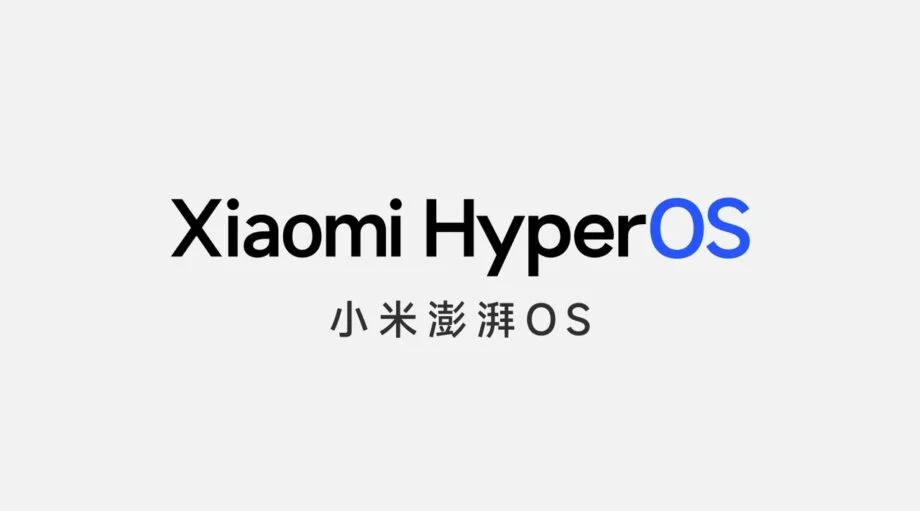
Xiaomi’s recent launch event, themed “Leap Beyond the Moment,” unveiled Xiaomi HyperOS, a groundbreaking operating system that is set to revolutionize the IoT landscape. With a focus on four key pillars: Low-level Refactoring, Cross-End Intelligent Connectivity, Proactive Intelligence, and End-to-End Security, Xiaomi HyperOS promises a new era of user experience. It will debut on the Xiaomi 14 Series, Xiaomi Watch S3, Xiaomi TV S Pro 85″ MiniLED, and various other devices in domestic markets. Let’s delve into these pillars and understand the remarkable capabilities of Xiaomi HyperOS.
Low-level Refactoring: Unleashing Device Potential
Xiaomi’s journey from 100 users to a staggering 1.175 billion global users presented unique challenges in managing diverse device ecosystems. Xiaomi HyperOS, under development since 2017, aims to unify all ecosystem devices into a single, integrated framework. By leveraging Linux and Xiaomi’s self-developed Xiaomi Vela system, it supports over 200 processor platforms and 20 file systems, covering numerous device types. This lightweight system enhances device performance, memory management, and power efficiency, setting it apart from competitors.
Xiaomi HyperOS’s refined scheduling capabilities optimize performance and power efficiency. It can handle resource-intensive tasks efficiently, even on devices with limited processing power. The OS’s restructuring of technical modules ensures devices perform optimally, enhancing the user experience across the board.

Cross-End Intelligent Connectivity: HyperConnect for Seamless Control
Xiaomi HyperOS redefines device connectivity with its innovative Cross-End Intelligent Connectivity framework, HyperConnect. Users can seamlessly control and monitor their entire array of connected devices, bringing unprecedented convenience and efficiency. The integrated device centre empowers users to operate their interconnected ecosystem from anywhere, seamlessly switching camera sources, accessing devices remotely, and effortlessly moving data between devices.
Proactive Intelligence: Devices That Understand You
Xiaomi HyperOS incorporates AI through HyperMind, making devices proactive in understanding user needs. By utilizing environmental, visual, auditory, and behavioural cues, it learns user requirements and adapts devices accordingly. For example, it can automatically illuminate a room when a user unlocks their smart door lock. This innovation simplifies complex device connectivity, reducing traditional machine learning costs, and making device connectivity more intuitive.
End-to-End Security: Protecting Your Data
User privacy and security are paramount for Xiaomi. Xiaomi HyperOS employs a self-developed Trusted Execution Environment (TEE) to safeguard sensitive information across devices. It extends this security to interconnected modules, ensuring mutual trust within the network. End-to-end encryption through TEE enhances data transmission security between devices, ensuring your data is safe.
Open Sharing: Collaborative Ecosystem
Xiaomi HyperOS embraces open-source principles, promoting an open software ecosystem. Xiaomi has open-sourced Xiaomi Vela, an IoT software platform that simplifies development for IoT device manufacturers and developers. By unifying disparate application scenarios and abstracting underlying hardware differences, Xiaomi fosters IoT device innovation and real-time connectivity across a wide spectrum of devices.
Conclusion
Xiaomi HyperOS represents a significant step forward in Xiaomi’s vision of delivering a “Human x Car x Home” smart ecosystem. With its focus on Low-level Refactoring, Cross-End Intelligent Connectivity, Proactive Intelligence, and End-to-End Security, Xiaomi HyperOS promises an exceptional user experience. As it debuts the Xiaomi 14 Series, Xiaomi Watch S3, Xiaomi TV S Pro 85″ MiniLED, and more, it’s clear that Xiaomi is poised to “leap beyond the moment” and shape the future of the IoT landscape.



